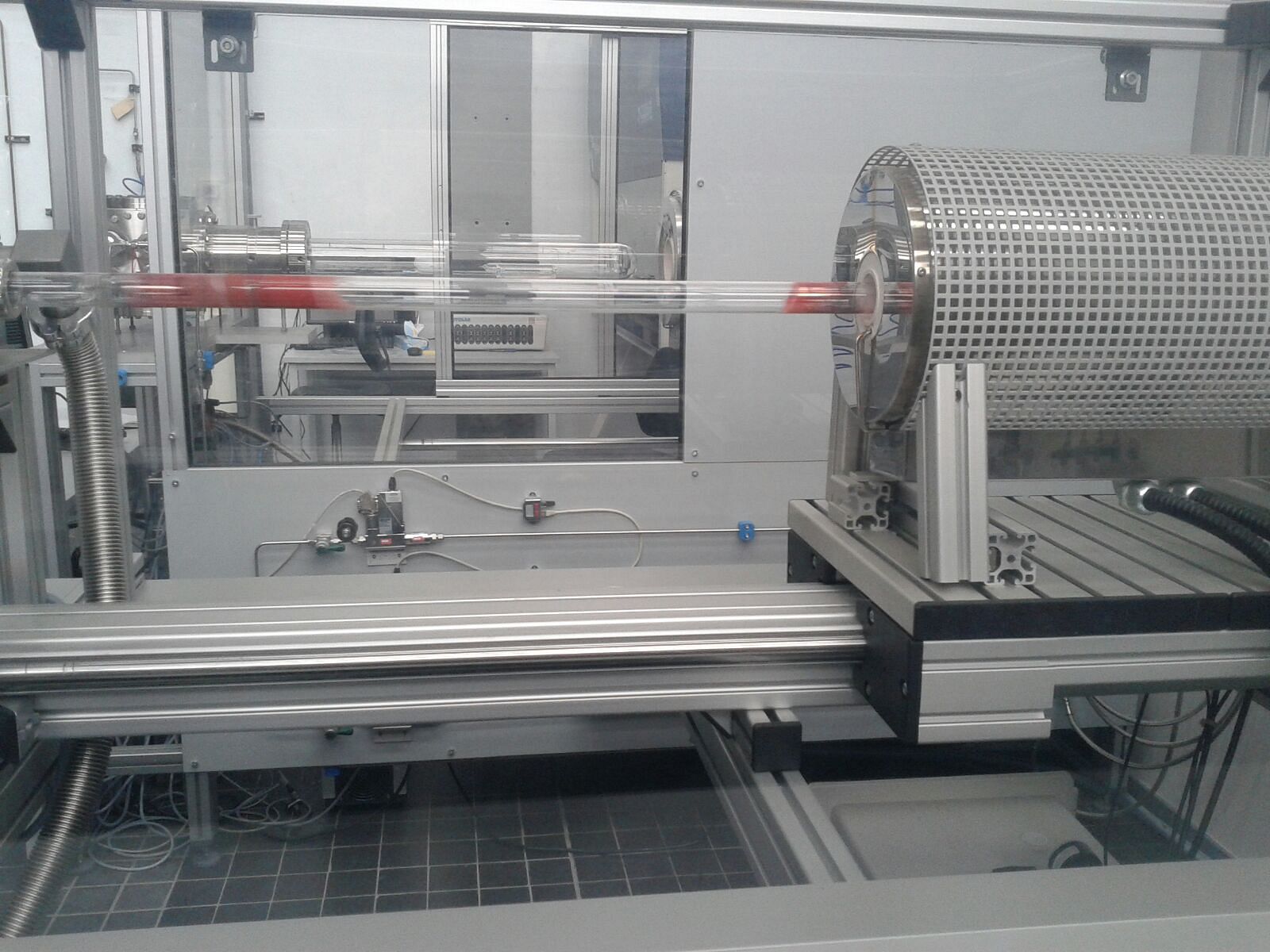A group of physicists from The University of California San Diego (UCSD) in collaboration with Guido Janssen from TU Delft published a paper in June of this year looking at how graphene can be used to help tune and change polaritons, offering the potential to advance the development of optics and plasmionics.
Polaritons are a specific, complicated type of quasi-particle and according to Siyuan Dai, the primary author of the paper, the physics of tuning these polaritons comes from “the coupling and hybridization from hyperbolic phonon polaritons in hexagonal boron nitride and surface plasmon polaritons in graphene.” This sounds extremely complicated – and it is – however more simply explained with the addition of a single layer of graphene, what Dai described as rigid polaritons become hybrid polaritons with additional features which give them much greater potential than the regular, non-hybridised kind. In addition to developing optics and plasmonics, the discovery has potential applications in everything from hyperlens microscopes to small-scale imaging.
This group from UCSD was one of the first to make this discovery, and it is particularly interesting as the graphene used in their paper was grown here at TU Delft in the 3mE Faculty. The collaboration came about as the paper’s authors needed good graphene to test whether their ideas about plasmonics were viable, while Professor Guido Janssen from TU Delft needed a ’touchstone’ for the quality of his graphene. According to Janssen “the name of the game of growing graphene is to get single crystal quality in large flakes… and this paper is proof that we are on the right track.”
Janssen affirmed that he would probably continue to collaborate on future papers with researchers form UCSD, as well as other graphene users at TU Delft. His primary focus, however will remain here on growing graphene and learning more about its growth process, “Like everyone else we have been stumbling to get acceptable graphene, and now we would like to know the physics of the deposition process better.”



Comments are closed.